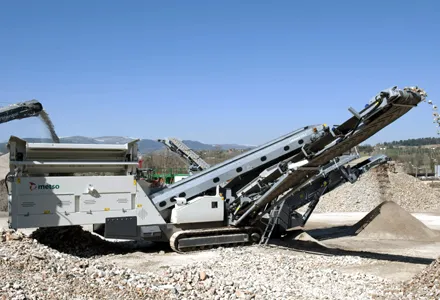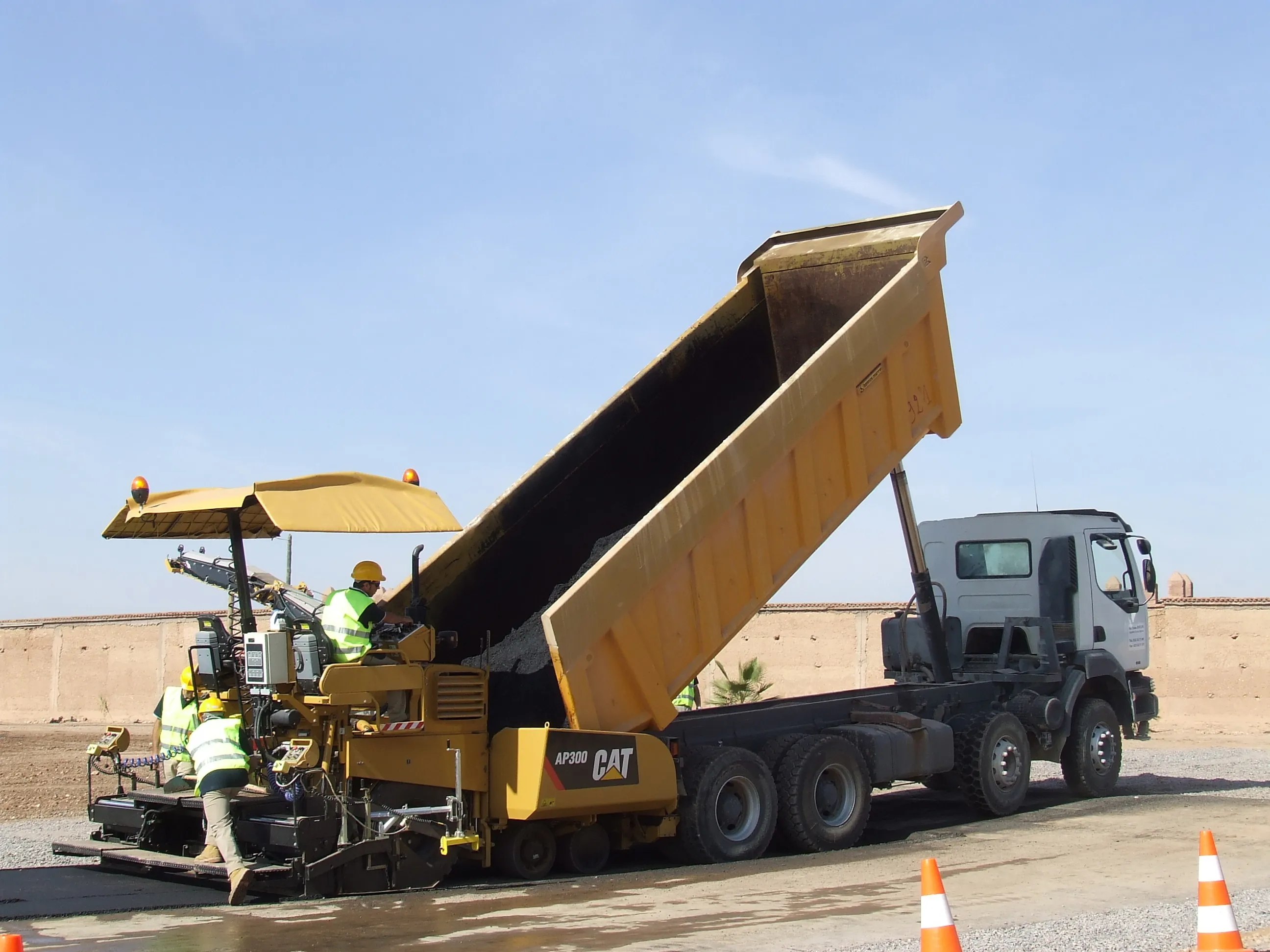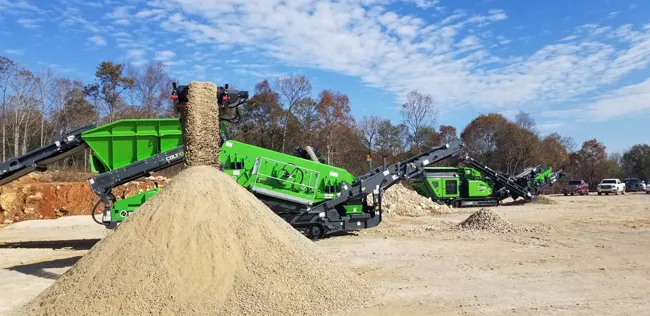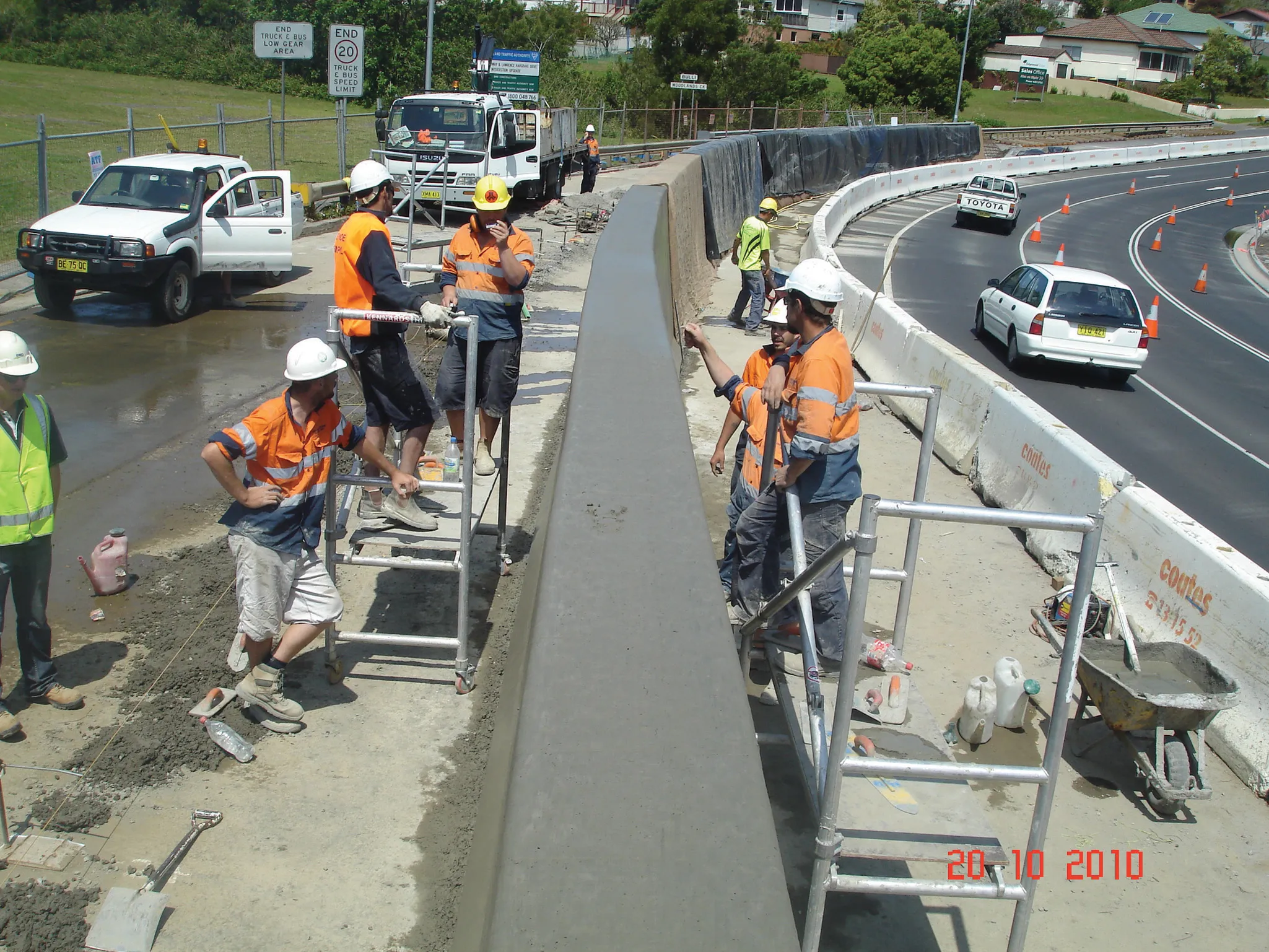
Innovations abound in the aggregate production sector - Mike Woof reports
With road construction accounting for a significant percentage of aggregate production, developments in this industry are of major importance for the highway sector. Technical advances in aggregate production methods have pushed technological boundaries, resulting in cost/tonne reductions for products and improving operating efficiency for major producers.The sophistication of available crushing and screening systems has advanced considerably. Major manufacturers such as
One notable factor at the recent Association of Equipment Manufacturer's (
Recycled aggregates
One of Metso's latest Lokotrack ST3.5 mobile screens has proven its efficiency in a demanding project involving rock-based recycled materials in Italy. In Pollenza, south of Rimini, the ST3.5 is being used to classify tricky, rock-based recycled materials. The machine has a throughput of around 1,000tonnes/working day and the customer says that the end products have a high quality. The company,
The optional vibrating grid increases the feed rate and reduces the need to tilt the grid for cleaning, a key issue. In recycling applications, the main benefit of this optional unit is in securing the cleanliness and quality of the end products. The vibrating grid separates wood, plastic and other scrap from the feed, allowing cleaner screened end products. By choosing different grid mesh sizes, the user can also easily adjust and control the feed size to the screen. With the ST3.5 mobile screen, the upper screen deck houses a 30mm mesh size, and the lower deck 5mm. Oversized materials separated by the grid are returned to the crushing stage. The Lokotrack ST3.5 used by Re i cal also features separate remote radio controls for the mobile screen and the vibrating grid, allowing total steering and adjustment of the screening process easily from the excavator or front-end-loader cabins.In terms of outright innovation, most of the new models introduced showed progressive development over earlier models. However the huge array of new machines showed that this sector is one which manufacturers consider of future economic benefit.
Compact and highly mobile crushing and screening equipment has become significantly more popular in the market in the last 20 years, particularly track-mounted machines. These versatile units can be used in a range of applications for recycling duties as well as quarry production and are favoured by contractors because they can be easily transported to site and commissioned. Whereas only a small number of manufacturers built tracked crushing and screening machines in the past, these are now offered by a wide and diverse group of firms. Some users have replaced the traditional static plants in quarries with units that are mobile and in a number of operations the primary crushers are tracked to the face after blasting to process rock, with conveyors then transporting the sized material to stockpiles or for tertiary crushing. At other sites, primary, secondary and tertiary crushing stages are all carried out with mobile machines, while mobile screening is used for material grading and separation. For recycling duties, mobile units are used on demolition jobs or located temporarily on construction projects to process material. The recycled materials can be used for fill on road projects for instance, where it meets specification requirements.
Mobile crushers have widened the choices available to operations, allowing smaller quarries to contract out the crushing and screening process or to bring in rental machines for set periods to carry out the work. The size and throughput capacity of mobile machines has grown enormously, while the quality of the material produced has similarly improved. Customers can now select from a wide choice of jaw crushers, impact crushers, vertical shaft impactors, cone crushers and gyratory crushers for an array of applications, with a diverse range of screening equipment also available. Some machines even combine primary crushing and screening stages in a single unit, with either pre-screeners or recirculating feeds.
Several companies have moved into this market in the recent past, either by acquisition or by developing their own models in-house, and there is such a proliferation of models available it does beg the question of how many can remain profitable. A number of smaller companies have been bought by larger firms, adding to their portfolio, with
Efficient screening
Canadian firm
In addition to the added wear life provided by its two wires, Double-Weave provides up to an extra 40% greater wear life because it is manufactured with the firm's highly abrasion-resistant, high carbon and high manganese content wire. This is said to offer a combination of ductility, hardness and tensile strength. However the Double Weave product is also available in stainless steel, which helps eliminate blinding in sticky material applications. Producers can choose opening sizes from 31.8-12 mm) and wire diameters from 6.2-12.7mm for heavy, medium and light-duty applications.









